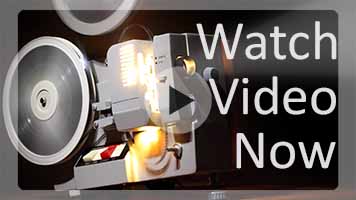For ACMP, The Standard, more recently renamed to “ACMP’s Standard for Change Management,” is the standard by which one assesses professionals and their ability to execute change through their Certified Change Management Professional (CCMP) credential. The Standard consists of a set of sequential processes and a set of deliverables or artifacts.
The Model
The basic approach is the application of a sequence of steps to lead to the successful delivery of a change project. The Standard is comprised of 23 steps in the process. The project management approach to change trusts that the process will yield predictable results without the need to address the skills of the practitioners implementing the steps. The Standard stops short of being prescriptive about what to do – but is quite obviously more detailed than the most detailed comparative model.
If you’re working on a tactical and technical change, the level of detail for the approach to the change process may help you accomplish those changes.
The Artifacts
In addition to the 23 steps, there are 47 artifacts. These artifacts connect to the steps in one of three ways:
- Required Input – They’re needed to provide the process so that correct outcomes can be created.
- Required Output – For the process to be complete, the artifact must be created.
- Revised – In this case, the document is required as an input and will likely be revised during the process.
In general, the artifacts created at the output of one process step are used as inputs for later steps. Some artifacts, like the business case, project charter, and vision statement, are assumed to exist prior to the start of the project, as are artifacts that related to the organization, like a strategic plan, success measures, vision, mission, and values. In some cases, it’s reasonable to expect that it’s necessary to create these artifacts before beginning the project.
There are some assets even after simplifying for inconsistent names, however, that have no process for being created, though they’re required for later steps. For instance, competency assessment, inventory of resources, and current state analysis aren’t generated by a step in the model but are required as input.
Following the Model
None of the change models have prescriptive guidance for a practitioner trying to execute it. They’re broader in structure than detailed instructions. While The Standard is more detailed than most models, it doesn’t appear to help practitioners know what to do. It’s sufficiently detailed that practitioners are left with the sense that it should be complete and inclusive but simultaneously that there are details that they just don’t understand.
Ultimately, the logical inconsistencies in the model – particularly those related to the generation and use of artifacts – makes this model difficult for people to follow even in projects where the change is relatively straight forward.
Criticisms
The Standard model is completely process focused and therefore ignores the skill of the practitioner. Other than the development of strategies for communications, stakeholders, and learning, The Standard is quiet in terms of how to motivate the stakeholders to want to do the change. This is curious, since most of the effort in a change project is in developing a desire for everyone to want to do the change – or at least not subvert it. However, this gets minimal attention in The Standard.
Ultimately, The Standard is a tool to understand the project management aspects of change with minimal support for the people aspects of change.


